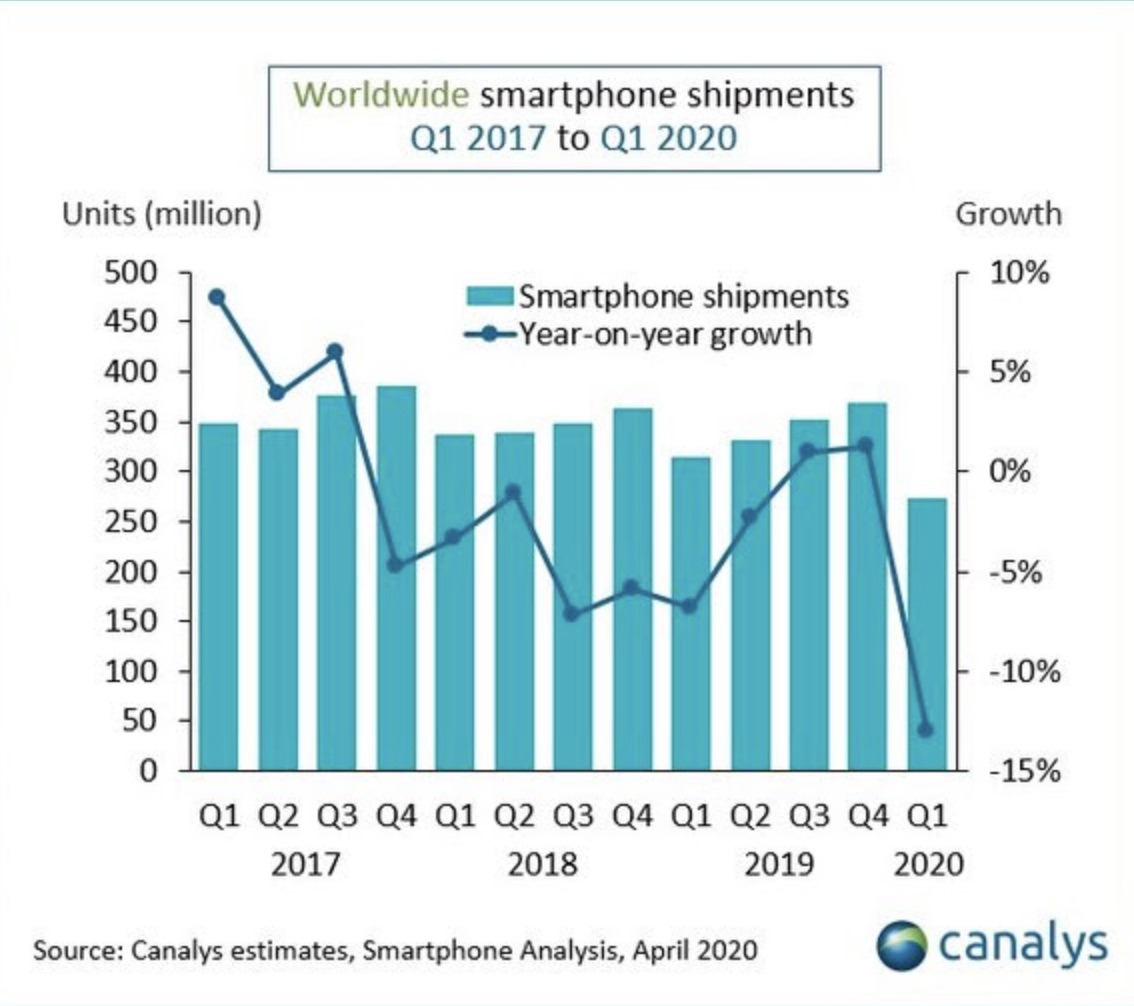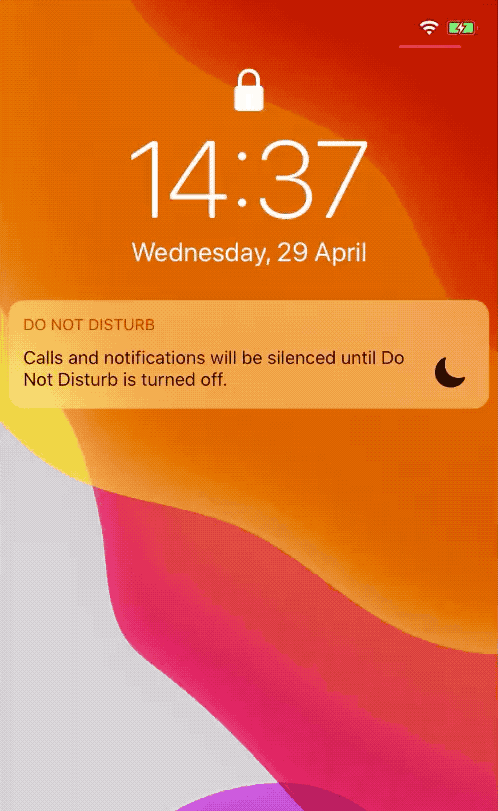During this pandemic, many organizations are offering free or drastically cheaper courses to help people skill-up for when we eventually get out of lock-down. There are numerous outlets if you want to learn to code from, for instance, Freecodecamp or the ‘Free Fridays‘ scheme form General Assembly. And for gamers, Gamedev.tv has taken 80% off its courses where you can learn to code by building video games.
However most online coding courses, either free or paid, essentially suggest you download a project or copy-paste code from their snippets going through their courses. They tend not to include Integrated Development Environments, which are more helpful in the learning process.
But JetBrains, a startup that makes development tools for developers actually developed its own Educational IDEs, realised they could take a fresh approach to online learning, especially during this pandemic.
Their own IDE means that, while some of the learning happens in the browser, a large part is be available in the IDE on a person’s computer. That means a student learn coding through practicing tasks and integrated tests – directly in the professional environment of the IDE and get instant feedback.
This new product, JetBrains Academy, was due to be launched out of beta just prior to the outbreak of the COVID-19, and it would have been a paid-for product. But now JetBrains has decided to make the entire platform free during the pandemic, allowing people stuck at home or who were laid off or furloughed to learn new skills.
Students can learn Java, Python or Kotlin (the preferred language for Android development by Google) through 60+ projects which they would be building themselves and then get instant feedback because of the IDE. They are provided with the full curriculum that consists of single-concept topics that can be completed in about 15 minutes and try out more than 5,700 interactive challenges.
They are also offering free Educational IDEs, that help teach coding through practicing tasks and integrated tests – directly in the professional environment. These support Java, Kotlin, Python, Scala, JavaScript, Rust, C/C++, and Go, with more languages to come. Any teacher can create their own educational course right in the IDE with any number of lessons and share them privately or publicly with their students.
In addition, students, teachers, schools and courses can apply for educational licenses for full-on JetBrains IDEs and team tools and use them for free.
from Android – TechCrunch https://ift.tt/2SqIRS4
via IFTTT



